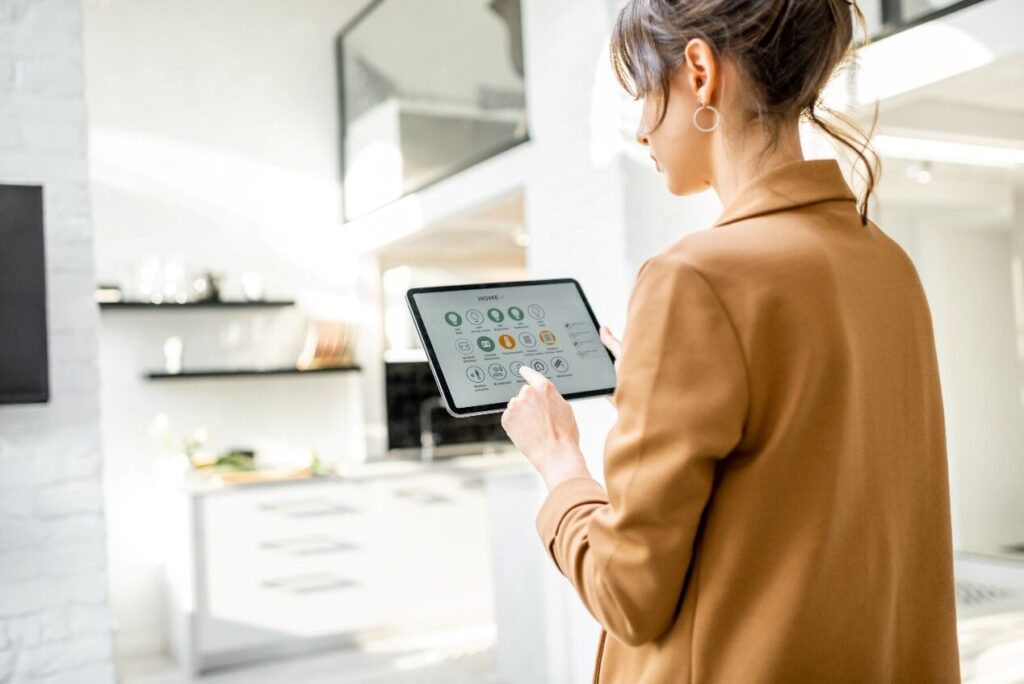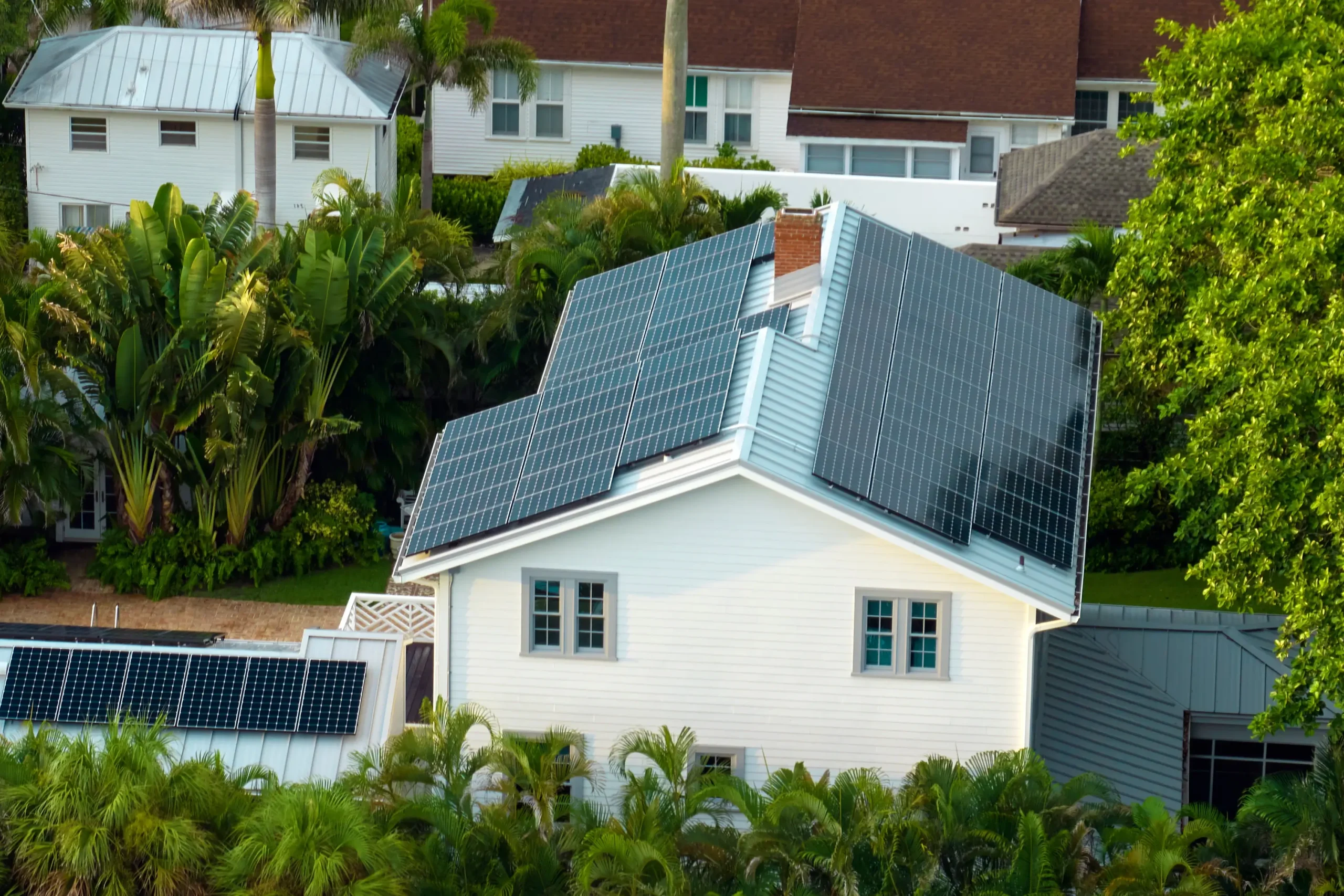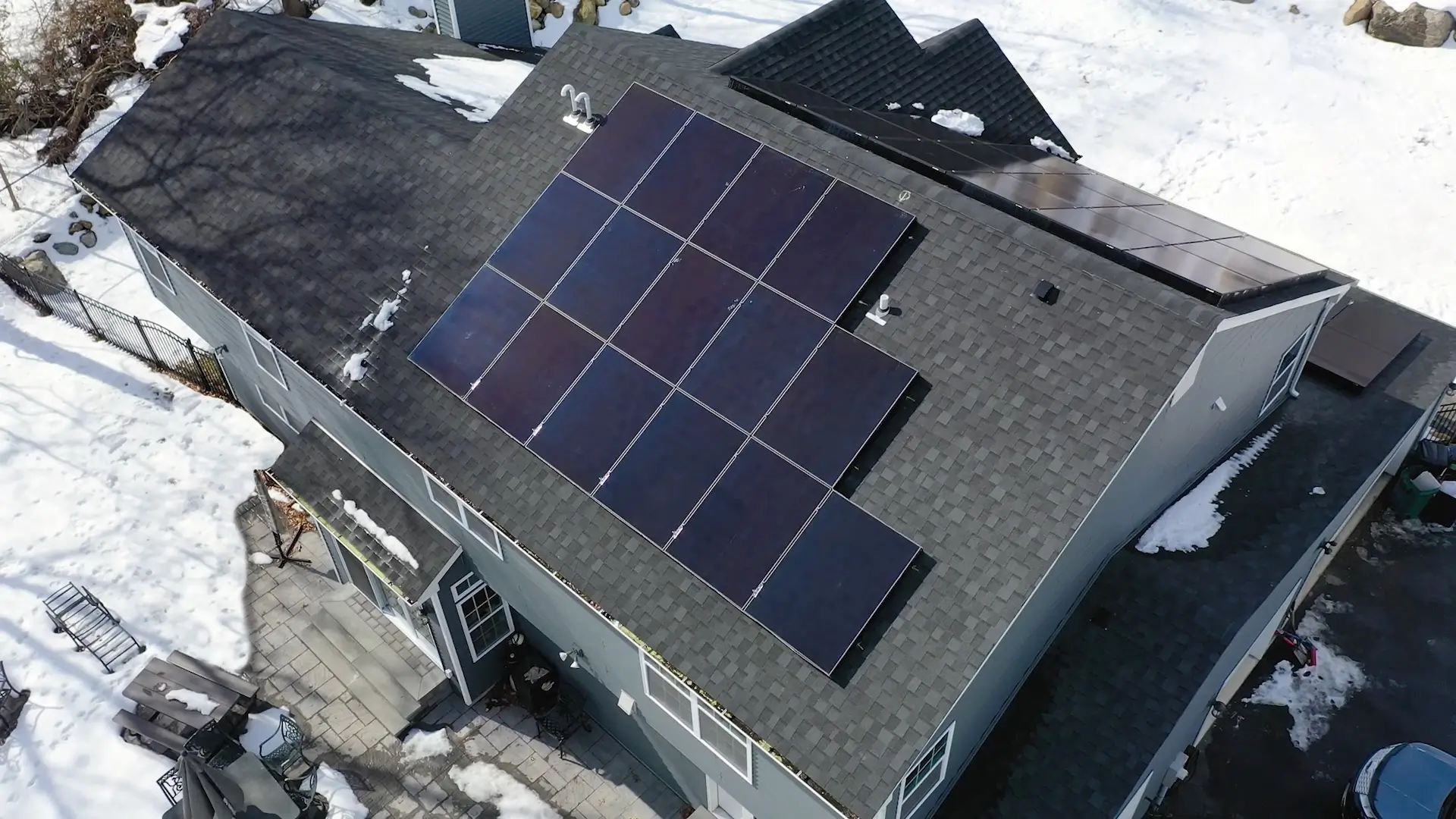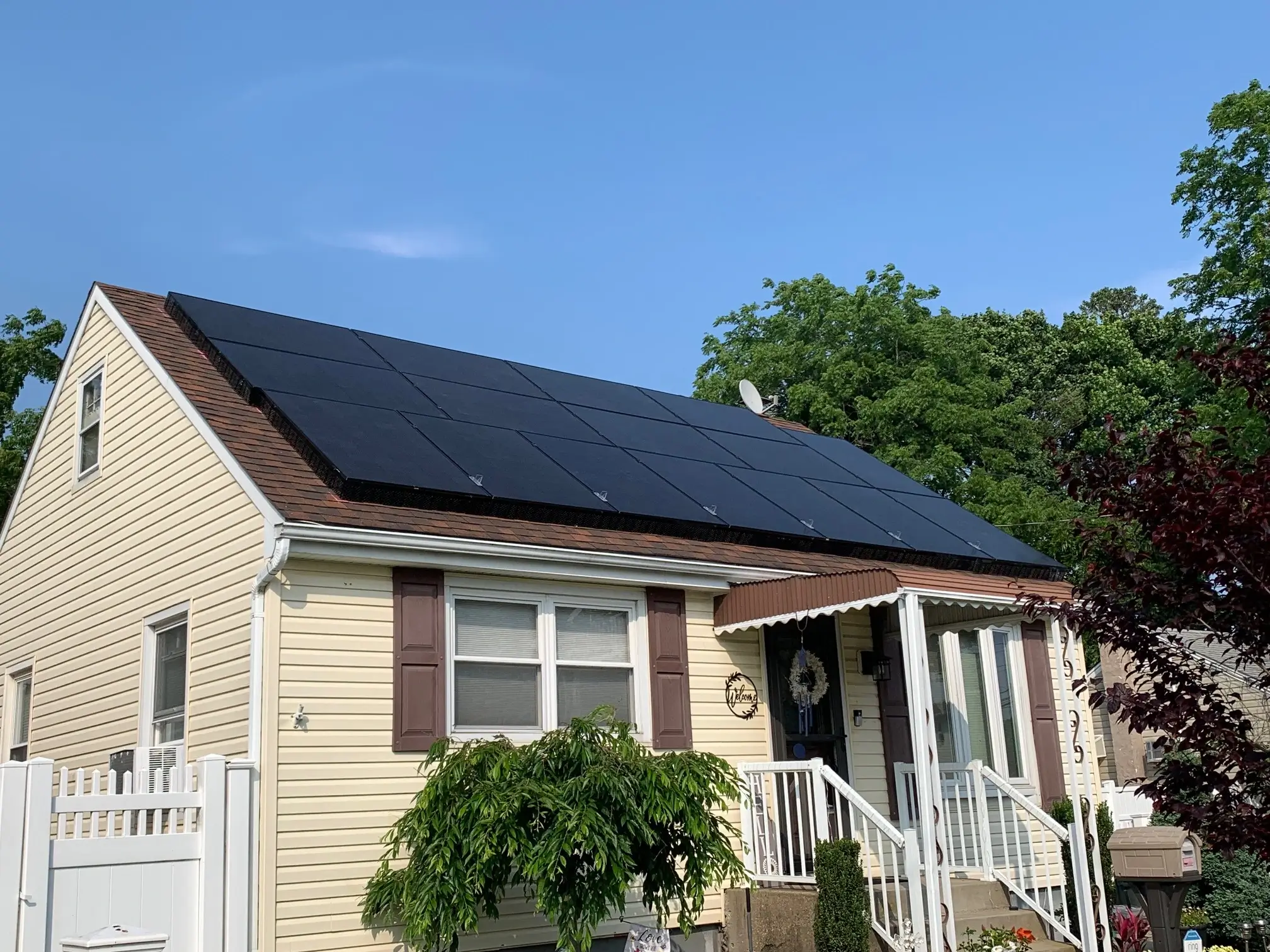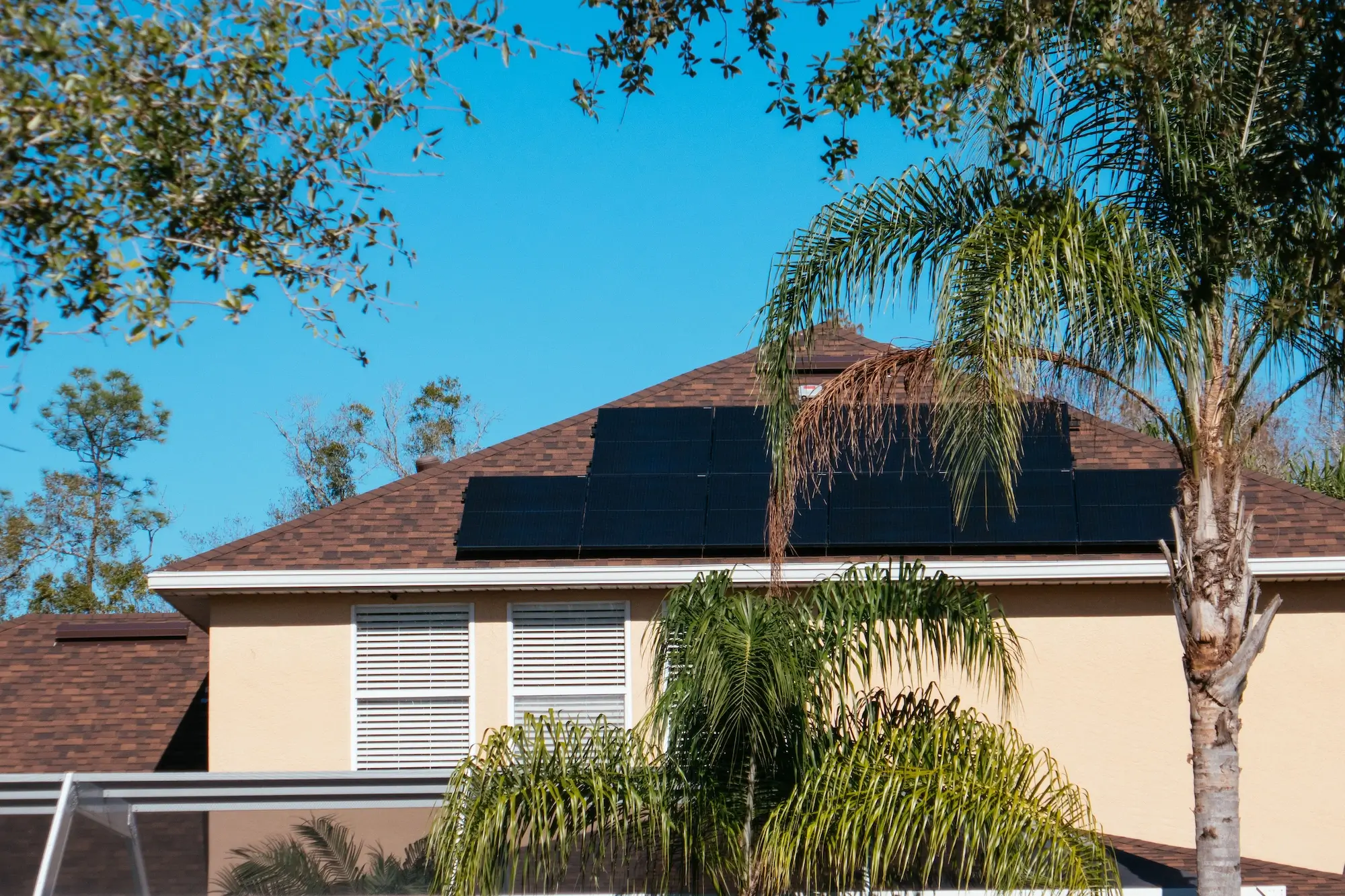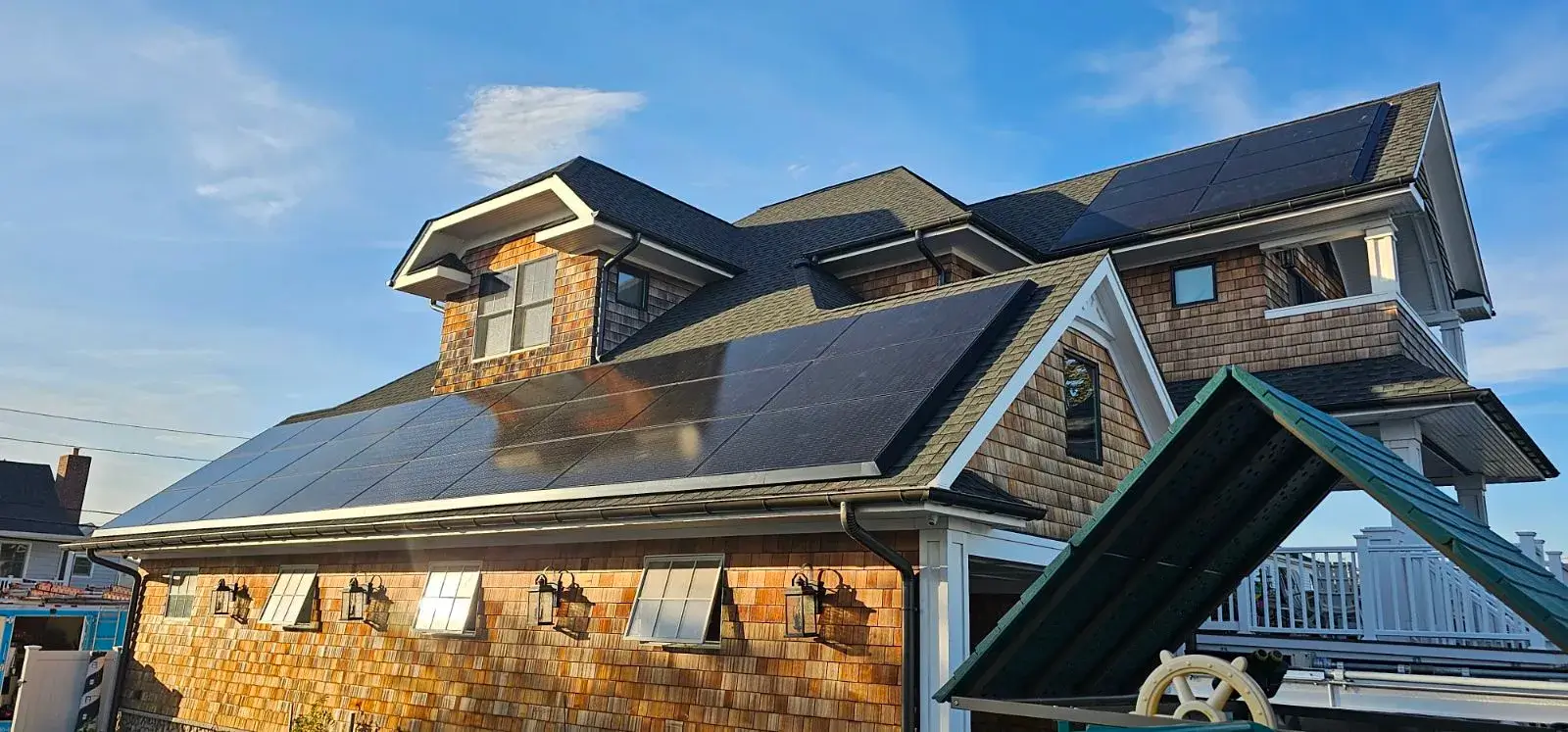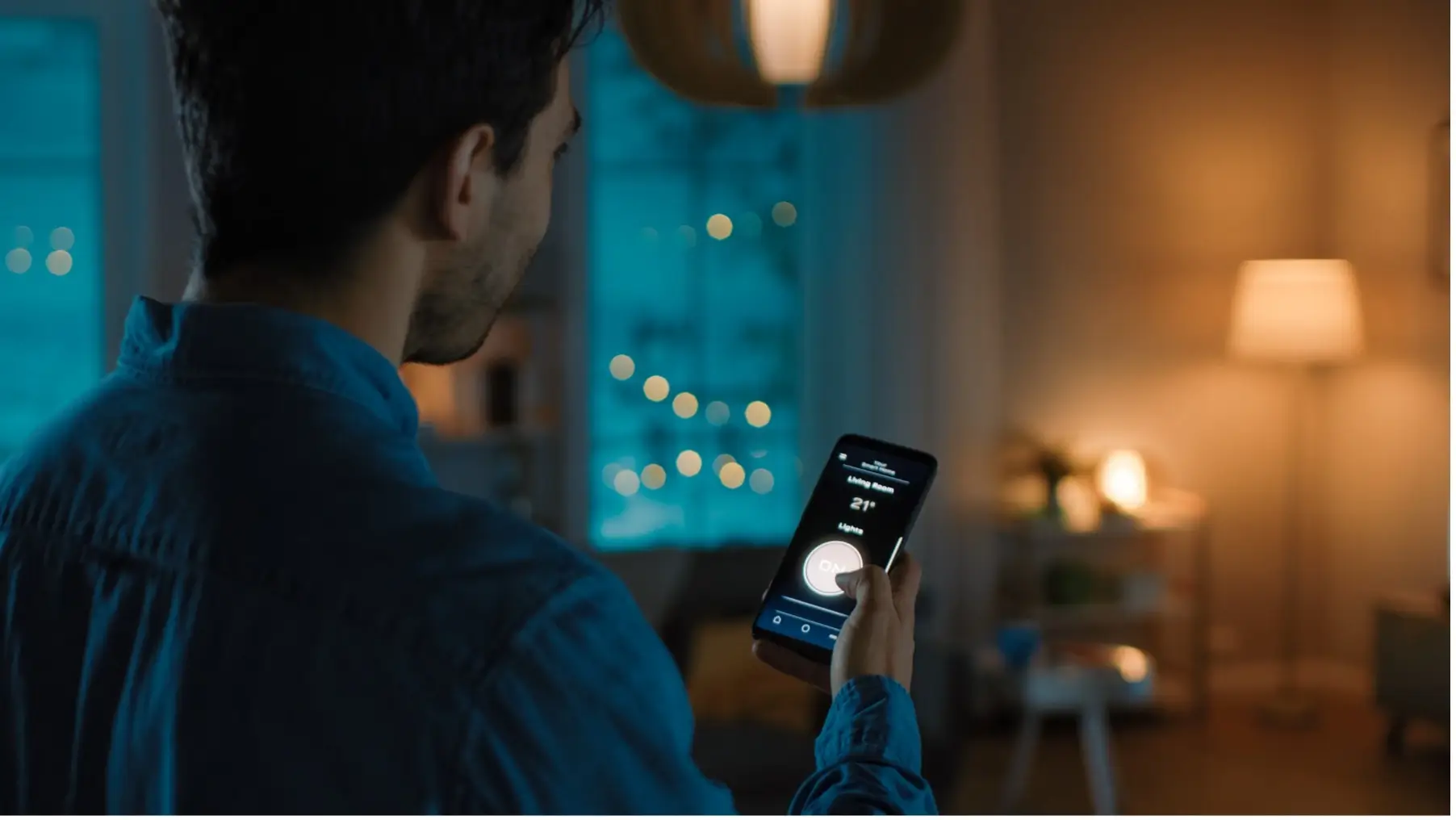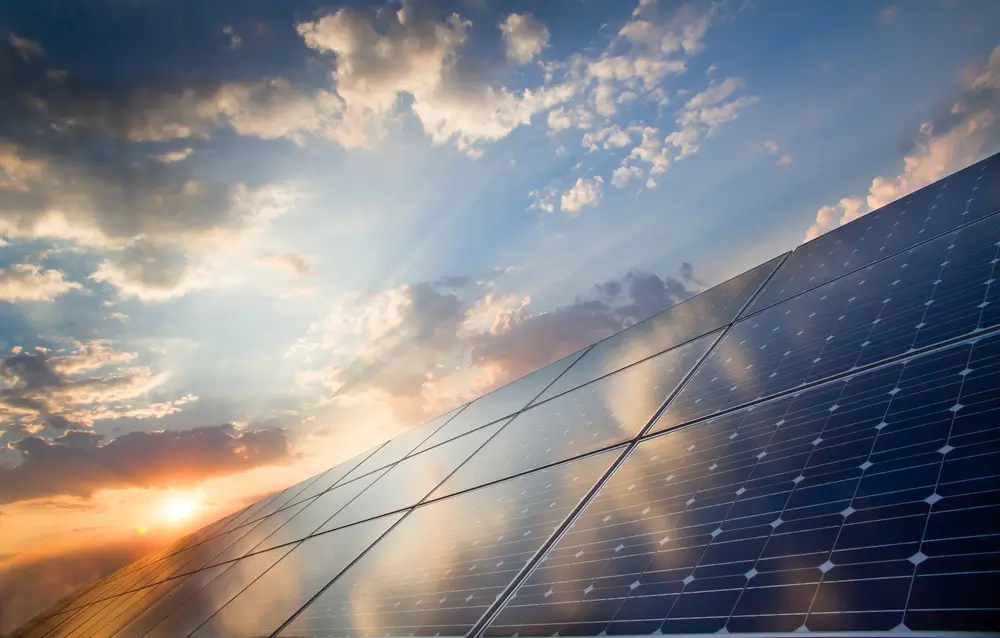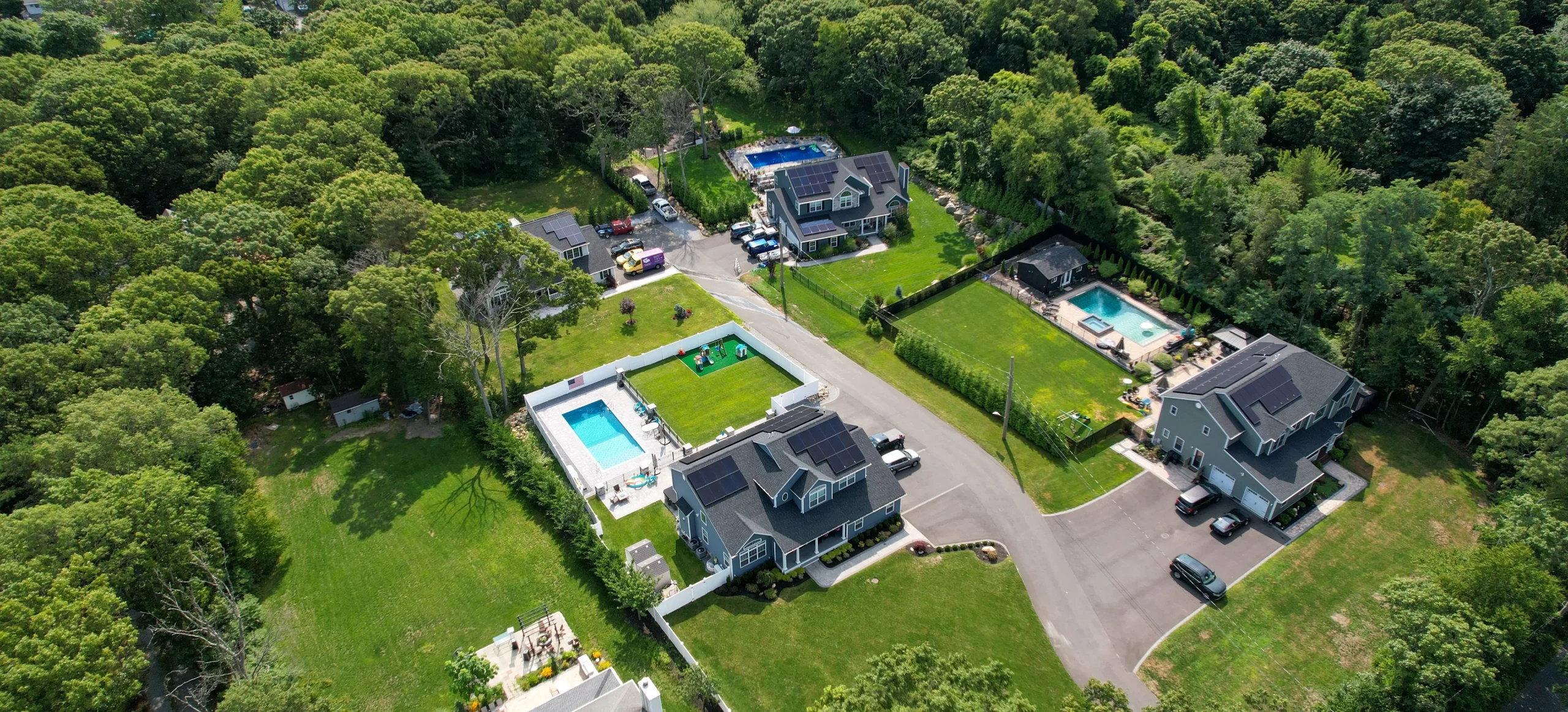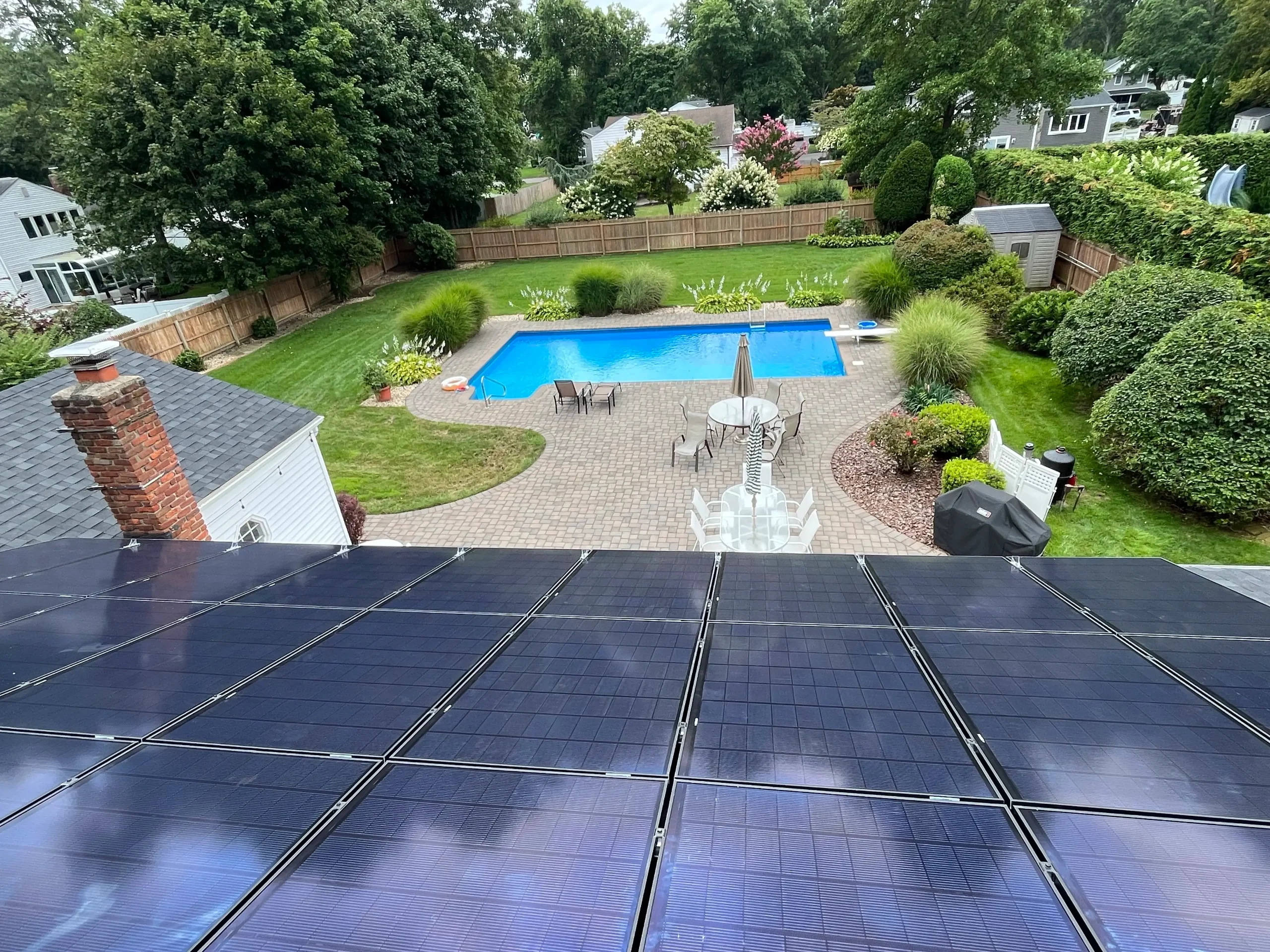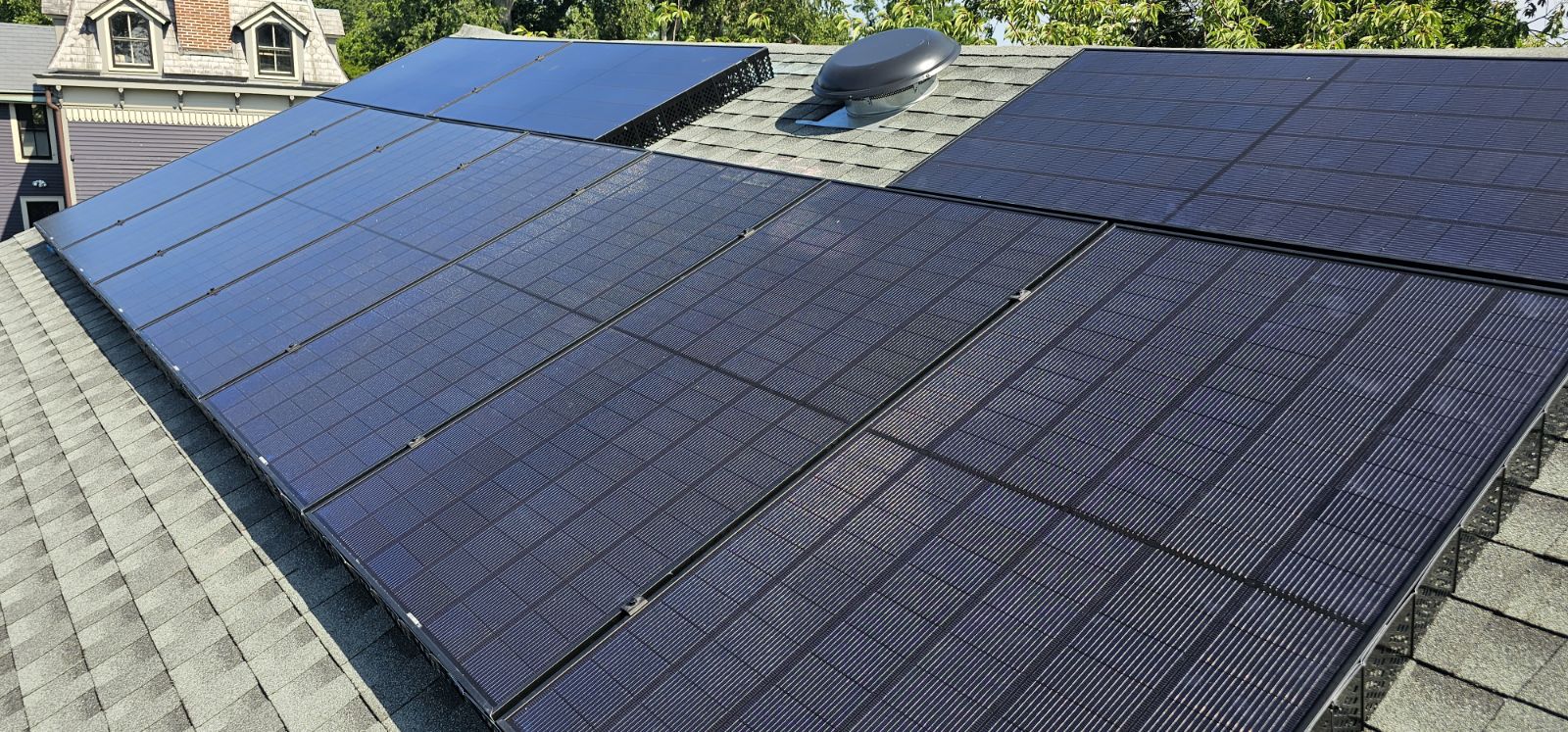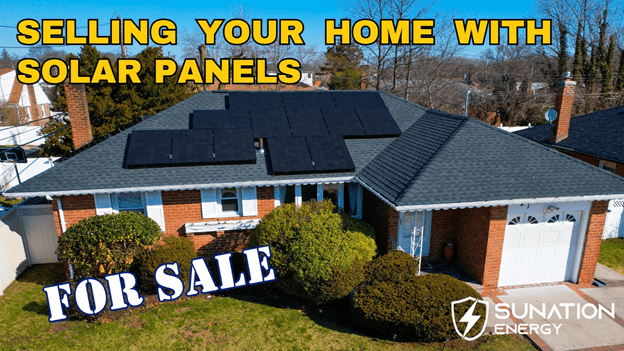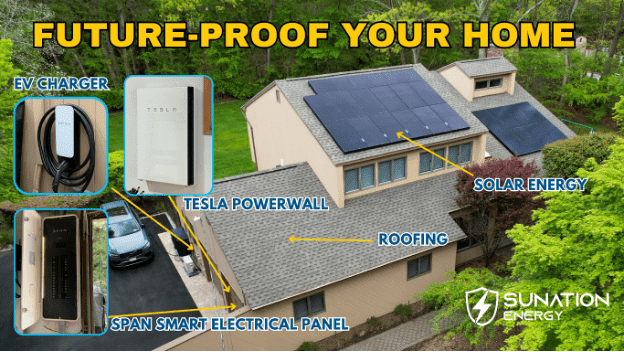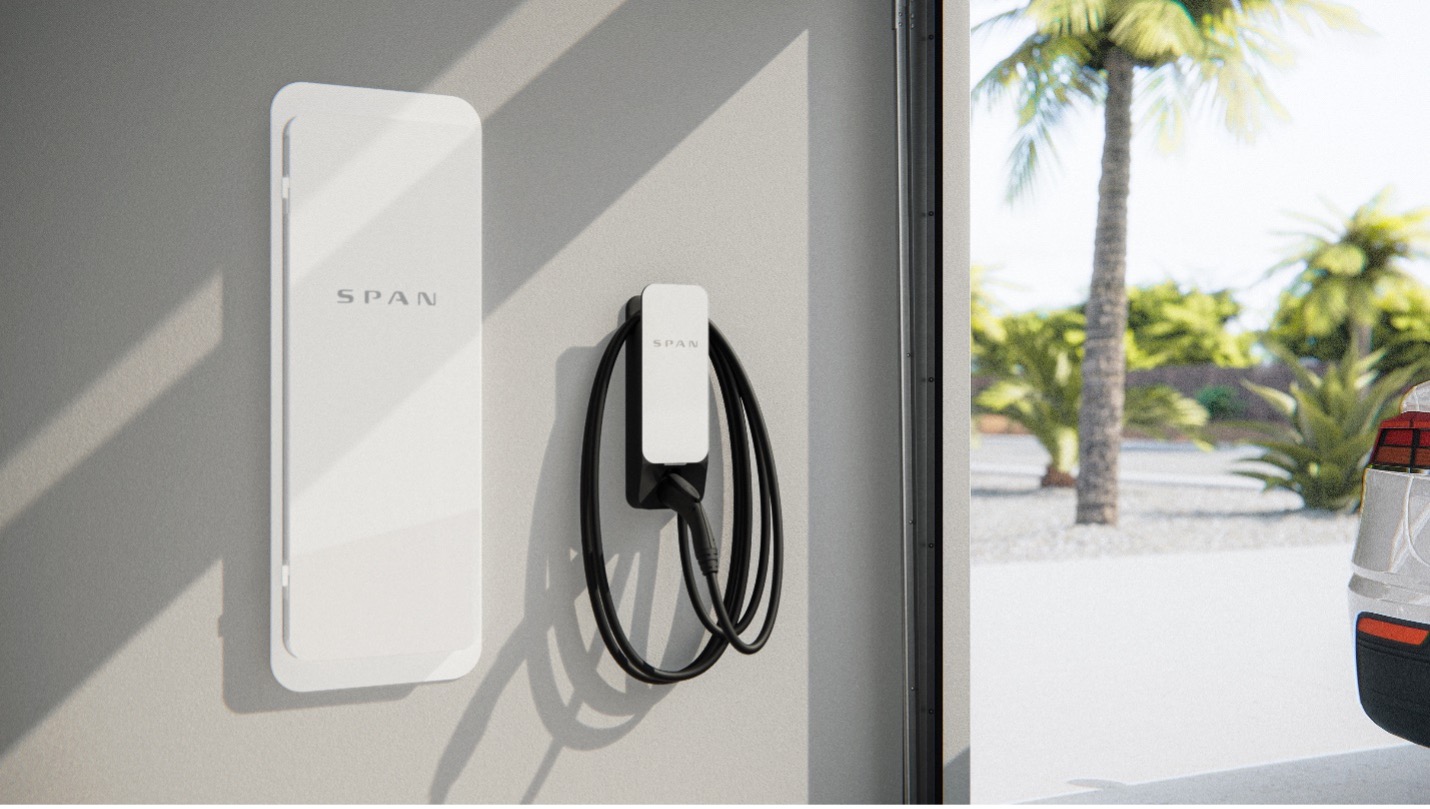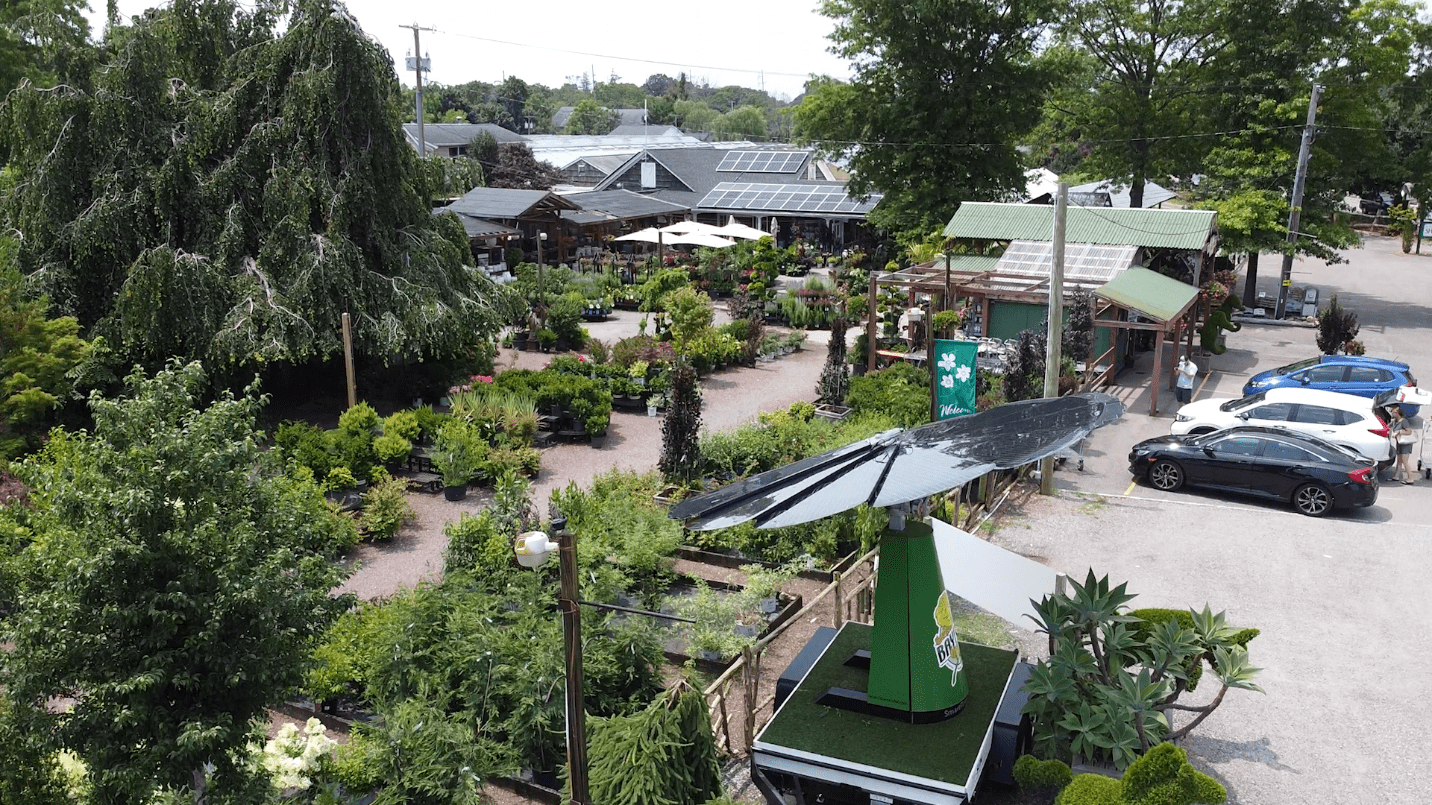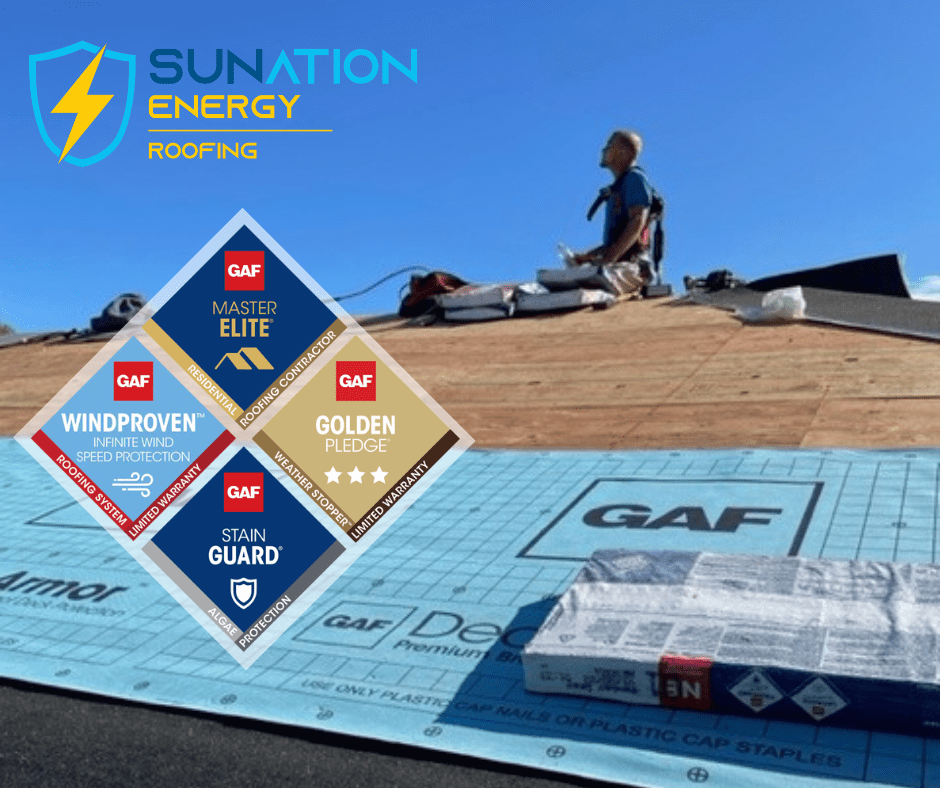The concept of a smart, semi-sufficient home is no longer just a work of science fiction. Today, more and more homeowners are opting for devices that seamlessly integrate with one another via internet connection to create a home environment that is easier to manage and more energy efficient. Combining these devices with solar energy systems is a mutually beneficial investment that won’t just ease the burden on the environment, but on wallets as well.
What is a Smart Home?
A smart home is equipped with intelligent devices that connect with each other through your home network. This gives you the ability to easily operate and automate devices throughout your home. You can set up your smart home system to be controlled from any mobile device with internet connection, including your smart phone. This gives you the power to monitor and control your smart devices from wherever you are, saving you money on utilities when you’re away.
There are benefits to creating a smart home far beyond the ability to monitor devices from afar. Smart homes can accommodate user behavior, from switching on heating or cooling at pre-programmed times of day to having a coffee maker ready to brew when your morning alarm goes off. The most compelling reason to invest in smart devices is the ability to improve efficiency throughout your home. With home automation, resources like energy and water are used more conscientiously, saving natural resources and money in your wallet.
Popular Smart Devices
Who would have thought that with modern technology you could check your home’s security from anywhere in the world. This is the reality of owning a smart home. Enjoy complete peace of mind when you’re away knowing that with the click of a button you can check on your dog, monitor your indoor and outdoor spaces, check your locks, etc. With the increasingly popular Ring Spotlight Camera, you can even video chat with people on your property in real time. Smart home security can even protect your private data and information because it runs on your home network.
Also catching on with homeowners is smart climate control systems, and it’s clear why. A smart thermostat allows you to program your heating and cooling to automatically adjust the temperature in your home based on occupancy, climate, and user preferences, maximizing efficiency and saving you money. The Google Nest is one of the most popular thermostats available for consumers – according to independent studies, Nest Thermostats can save an average of 10% to 12% on heating bills and 15% on cooling bills.
Just as you can manage your home’s energy use with a smart thermostat, smart lights and switches also provide an amazing opportunity to bring down your electric bill each month. With these devices, you can control every light in your house from a singular device. Control brightness, set timers, enable motion detection – these are just some of the features that come with smart lighting systems. Some models even respond to voice commands. Pairing your smart lights with a home energy monitor like Sense or eGuage will give you a broader understanding of your home’s energy use.
This is Only the Beginning
Nearly every generic home appliance has undergone a smart redesign. Washing machines and dryers, refrigerators, ovens, dishwashers, even microwaves; all these devices now have an intelligent counterpart on the market that can connect to your home’s network, providing the ability to manage your energy use throughout the day, along with a range of other intriguing features. Even the home’s most important disaster prevention measures, smoke and carbon monoxide detectors, can be installed with network connectivity. These smart detectors will alert homeowners when maintenance is needed, send out early detection voice alerts, and identify which alarm in your house is detecting danger – saving crucial time in the case of an emergency.
Now think outside the home. Did you know that in the United States alone, over 8 billion gallons of water is used outdoors each year? It’s estimated that as much as 50% of this water is wasted due to the inefficient nature of traditional irrigation methods. The solution? Smart irrigation systems that run on schedules tailored to the local climate and watering needs. With technology that monitors weather patterns, soil conditions, evaporation rates, and plant growth, these modern irrigation systems provide the exact amount of water necessary to maintain a healthy lawn, garden, or bed. Save on your water bill, and feel good knowing that you’re helping to conserve your region’s water supply.
The Future is Solar
The fact of the matter is that the world is inching closer and closer to fully embracing alternative energy sources like solar power. It’s become common knowledge that our usual energy suspects like natural gas and coal are finite resources, and it’s only a matter of time until we are forced to move on to a more sustainable option. Luckily, the technology that allows homeowners to produce their own solar energy is becoming increasingly affordable, not to mention more efficient.
In recent years, homeowners have invested in battery energy storage systems like the Tesla Powerwall which attaches to their solar system to store excess energy instead of sending it back to the power grid. With this innovation, homeowners can maximize the ability to use the electricity generated by their solar panels every day. The battery is charged when there’s excess electricity being produced, and that energy is stored for when the panels aren’t able to produce enough – like at night or on a cloudy day.
Even people who do not have the ability to purchase their own panel system can benefit from solar; community solar is a model of solar energy generation that is growing in popularity across the United States and around the world. With community solar you can access energy produced by panels in your area, allowing you to benefit from lower energy costs with greater flexibility – without having to manage your own solar system.
The Case for Solar-Powered Smart Homes
Smart devices can provide us the opportunity to make the most out of the energy we produce. But without applying this technology to the issue of renewable energy production, we’re not making the most out of what could be an alternative energy revolution. Combining solar technology with smart technology will give homeowners valuable feedback about their system’s performance, notify operators of necessary repairs and maintenance, and adjust the system’s usage based on local weather forecasts to optimize efficiency.
By incorporating a solar panel system with the rest of your home’s smart devices, you can dictate where the produced energy is used, and when it is used. In the event of a blackout, you can program which devices use the electricity from the battery storage system. This type of technology can also help you determine when its best to use energy stored in your system’s battery based on when energy rates are at their highest and lowest points throughout the day.
In terms of equipment, what is the difference between a regular solar system and a smart solar system? The installation of a monitoring system along with a home energy monitoring system is what makes your home truly smart. A solar monitoring system will tell you how much energy your solar panels are producing, while a home monitoring system will give you control of your home’s electronic devices. Combine these pieces of equipment with an intelligent energy consumption software that can be installed on your mobile devices, and you’re well on your way to drastically improving your home’s energy efficiency.
How SUNation Can Help
SUNation Solar Systems offers a wide range of services to Long Island homeowners looking to invest in both solar energy systems and smart devices. SUNation can provide you with the most efficient solar panels to fit your needs, as well as top-of-the-line smart devices. If you have questions about how solar panels or smart devices can benefit your home and your wallet, call us today at (631) 405-4071. Let us show you what solar power on Long Island can do for you.
